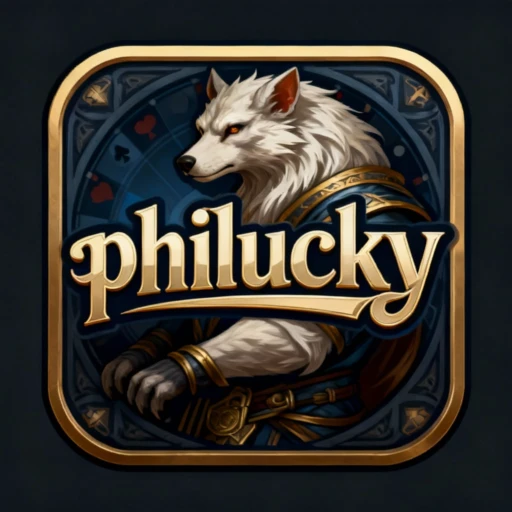The Fascinating World of Hacivat and Karagoz
An Introduction to the Game
Hacivat and Karagoz is a captivating game that finds its roots in ancient shadow play traditions from the Ottoman Empire. The game creatively adapts the legendary shadow puppetry art form, transforming a historical narrative into an interactive and engaging experience. With the keyword "philucky" intertwined in its themes, the game attracts players looking for both amusement and intellectual stimulation.
This game is designed for two players, each assuming the iconic roles of Hacivat and Karagoz. Known for their witty dialogues and spontaneous humor, these characters are ancient representations of social commentary. By incorporating these figures, the game brings to life the duality of human nature, focusing on themes of conflict and harmony, where every move on the board echoes the dynamic socio-political conversations of today.
The Game Description
In Hacivat and Karagoz, players embark on a strategy-rich journey across a board that symbolizes a town square, divided into several sections representing various societal aspects. The game pieces are crafted after traditional shadow puppets, with intricate designs that pay homage to their historical significance.
The objective is to use wit and strategic planning to navigate Hacivat and Karagoz through this town square while engaging opponents in mini duels and exchanges of clever repartee. Each segment of the board presents unique challenges that players must overcome to outwit their opponent, reflecting real-world skills of negotiation and compromise—a nod to current global discourses on cooperation.
The keyword "philucky," originating from the combination of philosophical perspective and fortuitous success, influences gameplay by introducing elements of chance within the strategy. It serves to remind players that, just as in life, uncertainty always plays a role, and resilience is key.
Game Rules and Dynamics
The game begins with each player positioned at opposite ends of the board. As Hacivat, the player is typically more calculated, whereas Karagoz is portrayed as the whimsical but cunning counterpart. This initial division embodies the contrasting ideological perspectives that have colored global narratives over recent years.
Game Setup: Players set up the board by placing their shadow puppet figures and obstacle cards strategically. Each player has a deck of action and dialogue cards they draw from, dictating the pace and direction of their moves.
Player Turns: Players take turns rolling a unique eight-sided die, guiding them through zones that depict areas of public discourse, such as the marketplace, council chamber, and public square. Each zone challenges their ability to influence dialogue and persuade their opponent, reminiscent of the debates seen in today's international politics.
Utilizing "philucky": The concept of "philucky" comes into play as special "luck cards" can be drawn when a player lands on designated squares. These cards provide unexpected advantages or hurdles, emphasizing the unpredictability of negotiation and interaction, much like current political landscapes affected by sudden policy changes.
Winning the Game: Victory is achieved not simply by reaching the opponent's starting point, but by accumulating influence points which reflect each player's ability to navigate through obstacles and successfully utilize resources. The player with the most influence points at the end of the rounds wins, symbolizing the art of strategic dominance and philosophical endurance.
Hacivat and Karagoz in the Modern Era
As a reflection of global events, Hacivat and Karagoz integrates modern issues into its narrative. The fusion of strategy with elements of chance speaks to the current socio-political climate, where unpredictability and strategy coalesce. As a recreation of an age-old tale featuring these dynamic figures, the game is an ideal metaphor for the delicate balance required in contemporary diplomacy and interpersonal connections.
Today, as players engage with Hacivat and Karagoz, they engage with a piece of cultural history while also wrestling with philosophical themes pertinent to the modern era. This synthesis offers not only an entertaining experience but an insightful representation of historical continuity and change.







